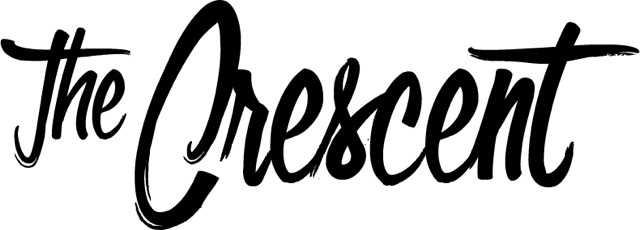A Brief History of Valentine's Day
Reported By: Sierra Reisman
Illustrated By: Addie Patterson
Valentine’s Day is a time for celebrating love. Or, depending on your relationship status, a day of mild resentment and a lot of chocolate. Either way, Valentine’s Day is a fixture in American pop culture, and every year, stores brim with pink and red Valentine's cards, decorations, and gifts. Valentine’s Day, like many popular holidays, is far removed from its early traditional roots and, not surprisingly, the modern consumerist element of the holiday runs deep.
Valentine’s Day gets its name from Saint Valentine. According to some myths, he was a priest in third-century Rome who was imprisoned and martyred for performing secret marriages of soldiers who were supposed to remain legally celibate. Other myths focus on him as an imprisoned saint who wrote letters to the woman he loved–presumed the origins of the first Valentine's cards.
Regardless of who it is named for, the Valentine's holiday itself most likely originated from the pagan holiday of Lupercalia, a fertility festival that took place in mid-February. The raucous Lupercalia celebrations of marriage and sex were eventually outlawed by the Christian church and replaced with St. Valentine’s Day. It did not become a romantic holiday again until the Middle Ages; Geoffery Chaucer was the first to record it as such in a 1375 poem. The earliest known Valentine’s card was sent in 1415 by Charles, Duke of Orleans, to his wife during his imprisonment in the Tower of London.
Valentine’s Day didn’t take off in the U.S. until the 1840s when the cost of printing decreased and the exchange of Valentine’s cards became a common activity. One of the first successful Valentine’s card businesses was started by Esther Howland, who is known as the ‘mother of the American Valentine.’
Valentine’s Day continued to grow in popularity in the twentieth century. Hershey’s started selling chocolate kisses in 1907, and Hallmark sold its first cards in 1913. Ironically, people were complaining about the commercialization of Valentine’s celebrations as early as 1847, and these complaints have only increased since then. In 2022, Americans spent $23.9 billion on Valentine’s Day.
Despite the popular notion of Valentine’s Day as a holiday invented mostly as an excuse to sell cards, this celebration has a rich history with both Christian and pagan origins. It’s easy, however, for the fun and wholesome aspects of celebrating love to get lost in capitalist consumerism which pressures people to prove their love by spending the most money. Beyond the convoluted history of Valentine’s Day, it should still be recognized as a holiday that reminds us to celebrate relationships and community.
